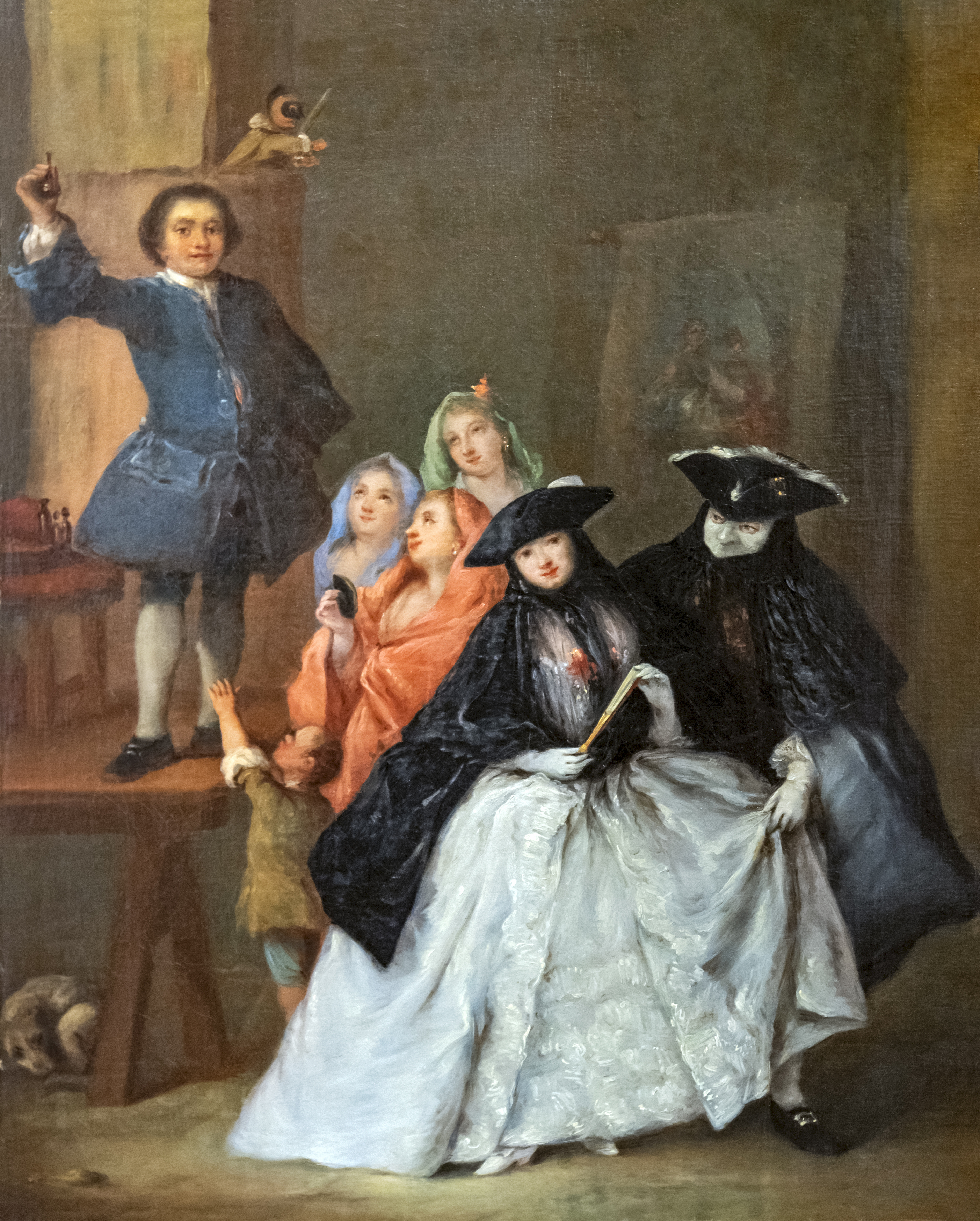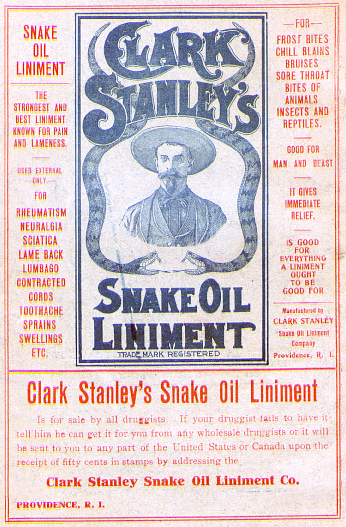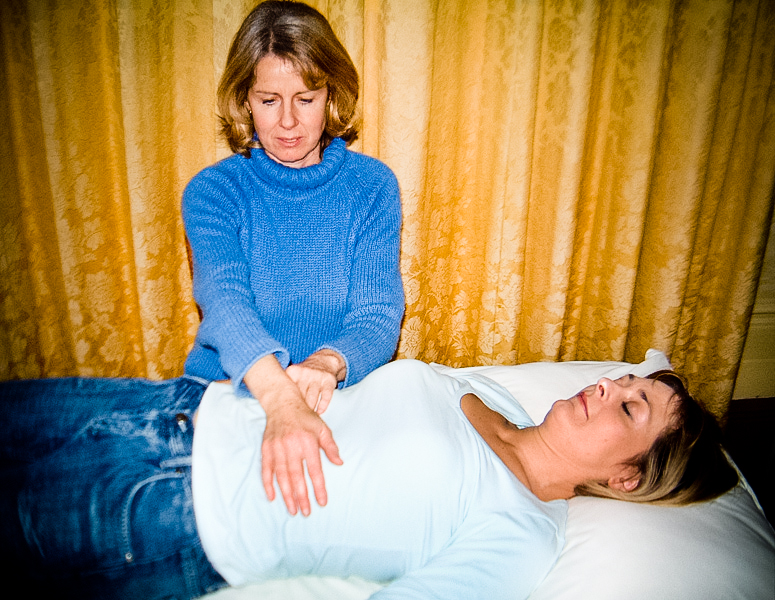|
Charlatan
A charlatan (also called a swindler or mountebank) is a person practicing quackery or a similar confidence trick in order to obtain money, power, fame, or other advantages through pretense or deception. Synonyms for ''charlatan'' include '' shyster'', ''quack'', or ''faker''. ''Quack'' is a reference to '' quackery'' or the practice of dubious medicine, including the sale of snake oil, or a person who does not have medical training who purports to provide medical services. Etymology The word comes from French '','' a seller of medicines who might advertise his presence with music and an outdoor stage show. The best known of the Parisian charlatans was Tabarin, whose skits and farces were influenced by '' commedia dell'arte'' inspired Molière. The word can also be traced to Spanish ', an indiscreetly talkative person, a ''chatterbox''. Ultimately, etymologists trace ''charlatan'' from either the Italian ', to chatter or prattle; or from ''Cerretano'', a resident of Cerreto ... [...More Info...] [...Related Items...] OR: [Wikipedia] [Google] [Baidu] |
James Randi
James Randi (born Randall James Hamilton Zwinge; August 7, 1928 – October 20, 2020) was a Canadian-American stage magician, author and scientific skepticism, scientific skeptic who extensively challenged paranormal and pseudoscientific claims.#Rodrigues, Rodrigues 2010p. 271/ref> He was the co-founder of the Committee for Skeptical Inquiry (CSI), and founder of the James Randi Educational Foundation (JREF). Randi began his career as a magician under the stage name The Amazing Randi and later chose to devote most of his time to investigating paranormal, occult, and supernatural claims, which he collectively called "woo-woo". Randi retired from practicing magic at age 60, and from his foundation at 87. Although often referred to as a "debunker", Randi said he disliked the term's connotations and preferred to describe himself as an "investigator". He wrote about paranormal phenomena, skepticism, and the history of magic. He was a frequent guest on ''The Tonight Show Starring J ... [...More Info...] [...Related Items...] OR: [Wikipedia] [Google] [Baidu] |
Alessandro Cagliostro
Count Alessandro di Cagliostro (, ; 2 June 1743 – 26 August 1795) was the alias of the Italian occultist Giuseppe Balsamo (; in French usually referred to as Joseph Balsamo). Cagliostro was an Italian adventurer and self-styled magician. He became a glamorous figure associated with the royal courts of Europe where he pursued various occult arts, including psychic healing, alchemy and scrying. His reputation lingered for many decades after his death, but continued to deteriorate, as he came to be regarded as a charlatan and impostor, this view fortified by the savage attack of Thomas Carlyle (1795–1881) in 1833, who pronounced him the "Quack of Quacks". Later works—such as that of W.R.H. Trowbridge (1866–1938) in his ''Cagliostro: the Splendour and Misery of a Master of Magic'' (1910), attempted a rehabilitation. Biography Origin The history of Cagliostro is shrouded in rumour, propaganda, and mysticism. Some effort was expended to ascertain his true identity ... [...More Info...] [...Related Items...] OR: [Wikipedia] [Google] [Baidu] |
Cerreto Di Spoleto
Cerreto di Spoleto is an Italian village and ''comune'' of the province of Perugia in Umbria. It is a dispersed rural community with 1,158 inhabitants spread over 8 '' frazioni''. Its claim to fame is to be the root of the English term "charlatan", as Cerreto was once widely known for the quacks among its natives. Dictionary.com Villages Ponte di Cerreto is a village of about 200 inhabitants about a mile south of Cerreto. Though now insignificant, Ponte was once an important defensive outpost overlooking the first bridge over the . The counts of Celano built a ...[...More Info...] [...Related Items...] OR: [Wikipedia] [Google] [Baidu] |
Quackery
Quackery, often synonymous with health fraud, is the promotion of fraudulent or ignorant medical practices. A quack is a "fraudulent or ignorant pretender to medical skill" or "a person who pretends, professionally or publicly, to have skill, knowledge, qualification or credentials they do not possess; a charlatan or snake oil salesman". The term ''quack'' is a clipped form of the archaic term ', from nl, kwakzalver a "hawker of salve". In the Middle Ages the term ''quack'' meant "shouting". The quacksalvers sold their wares on the market shouting in a loud voice. Common elements of general quackery include questionable diagnoses using questionable diagnostic tests, as well as untested or refuted treatments, especially for serious diseases such as cancer. Quackery is often described as "health fraud" with the salient characteristic of aggressive promotion. Definition Psychiatrist and author Stephen Barrett of Quackwatch defines quackery "as the promotion of unsubstan ... [...More Info...] [...Related Items...] OR: [Wikipedia] [Google] [Baidu] |
Snake Oil
Snake oil is a term used to describe deceptive marketing, health care fraud, or a scam. Similarly, "snake oil salesman" is a common expression used to describe someone who sells, promotes, or is a general proponent of some valueless or fraudulent cure, remedy, or solution. The term comes from the "snake oil" that used to be sold as a cure-all elixir for many kinds of physiological problems. Many 19th-century United States and 18th-century European entrepreneurs advertised and sold mineral oil (often mixed with various active and inactive household herbs, spices, drugs, and compounds, but containing no snake-derived substances whatsoever) as "snake oil liniment", making claims about its efficacy as a panacea. Patent medicines that claimed to be a panacea were extremely common from the 18th century until the 20th, particularly among vendors masking addictive drugs such as cocaine, amphetamine, alcohol, and opium-based concoctions or elixirs, to be sold at medicine shows as ... [...More Info...] [...Related Items...] OR: [Wikipedia] [Google] [Baidu] |
Tabarin
Tabarin was the street name assumed by the most famous of the Parisian street charlatans, Anthoine Girard (c. 1584 – August 16, 1633), who amused his audiences in the Place Dauphine by farcical dialogue with his brother Philippe (as Mondor), with whom he reaped a golden harvest by the sale of quack medicines for several years after 1618. Street theatre was popular theatre, on an improvised stage with a curtain backdrop, to the music of a hurdy-gurdy and a set of viols. More formal contemporary performances were confined to the royal court or to the Hotel de Bourgogne, overseen by the medieval guild that had the monopoly of theatrical performances in Paris. A contemporary woodcut shows Tabarin in the dress of a clown, but with a gallant moustache and pointed beard, carrying a wooden sword, like his distant puppet descendant Mr. Punch, — which would trip him up— and wearing a soft grey felt hat capable of assuming countless amusing shapes in his deft fingers. ' ... [...More Info...] [...Related Items...] OR: [Wikipedia] [Google] [Baidu] |
Patent Medicine
A patent medicine, sometimes called a proprietary medicine, is an over-the-counter (nonprescription) medicine or medicinal preparation that is typically protected and advertised by a trademark and trade name (and sometimes a patent) and claimed to be effective against minor disorders and symptoms. Its contents are typically incompletely disclosed. Antiseptics, analgesics, some sedatives, laxatives, and antacids, cold and cough medicines, and various skin preparations are included in the group. The safety and effectiveness of patent medicines and their sale is controlled and regulated by the Food and Drug Administration in the United States and corresponding authorities in other countries.https://www.merriam-webster.com/dictionary/patent%20medicine The term is sometimes still used to describe quack remedies of unproven effectiveness and questionable safety sold especially by peddlers in past centuries, who often also called them elixirs, tonics, or liniments. Current examp ... [...More Info...] [...Related Items...] OR: [Wikipedia] [Google] [Baidu] |
Pseudoscience
Pseudoscience consists of statements, beliefs, or practices that claim to be both scientific and factual but are incompatible with the scientific method. Pseudoscience is often characterized by contradictory, exaggerated or unfalsifiable claims; reliance on confirmation bias rather than rigorous attempts at refutation; lack of openness to evaluation by other experts; absence of systematic practices when developing hypotheses; and continued adherence long after the pseudoscientific hypotheses have been experimentally discredited. The demarcation between science and pseudoscience has scientific, philosophical, and political implications. Philosophers debate the nature of science and the general criteria for drawing the line between scientific theories and pseudoscientific beliefs, but there is general agreement on examples such as ancient astronauts, climate change denial, dowsing, evolution denial, Holocaust denialism, astrology, alchemy, alternative medicine, occulti ... [...More Info...] [...Related Items...] OR: [Wikipedia] [Google] [Baidu] |
Radionics
Radionics—also called electromagnetic therapy (EMT) and the Abrams Method—is a form of alternative medicine that claims that disease can be diagnosed and treated by applying electromagnetic radiation (EMR), such as radio waves, to the body from an electrically powered device. It is similar to magnet therapy, which also applies EMR to the body but uses a magnet that generates a static electromagnetic field. The concept behind radionics originated with two books published by American physician Albert Abrams in 1909 and 1910. Over the next decade, Abrams became a millionaire by leasing EMT machines, which he designed himself. This so-called treatment contradicts the principles of physics and biology and therefore is widely considered pseudoscientific. The United States Food and Drug Administration does not recognize any legitimate medical use for radionic devices.Fishbein, Morris, ''The New Medical Follies'' (1927) Boni and Liverlight, New York, pp. 39–41. Several system ... [...More Info...] [...Related Items...] OR: [Wikipedia] [Google] [Baidu] |
Electrical Quackery
Energy medicine is a branch of alternative medicine based on a pseudo-scientific belief that healers can channel "healing energy" into a patient and effect positive results. Practitioners use a number of names including various synonyms for medicine (e.g., energy healing) and sometimes use the word vibrational instead of or in concert with energy. In most cases there is no empirically measurable energy involved: the term refers instead to so-called subtle energy. Practitioners may classify practice as hands-on, hands-off, and distant (or absent) where the patient and healer are in different locations. Many schools of energy healing exist using many names: for example, biofield energy healing, spiritual healing, contact healing, distant healing, therapeutic touch, Reiki or ''Qigong''. Reviews of the scientific literature on energy healing have concluded that there is no evidence supporting clinical efficacy. The theoretical basis of healing has been criticised as implausible; ... [...More Info...] [...Related Items...] OR: [Wikipedia] [Google] [Baidu] |
Alfredo Bowman
Alfredo Darrington Bowman (26 November 1933 – 6 August 2016), better known as Dr. Sebi (), was a Honduran self-proclaimed herbalist healer, who also practiced in the United States in the late 20th and early 21st centuries. Bowman claimed to cure all disease with herbs and a plant-based alkaline diet based on various pseudoscientific claims, and denied that HIV caused AIDS. He set up a treatment center in Honduras, then moved his practice to New York City and Los Angeles. Numerous entertainment and acting celebrities were among his clients, including Michael Jackson, Lisa 'Left Eye' Lopes, and John Travolta. Although he used the title and name ''Dr.'' Sebi, Bowman had not completed any formal medical training. He was considered a quack by licensed doctors, attorneys, and consumer protection agencies in the United States. He was arrested being accused by New York state of practicing medicine without a license. After trial, Bowman was acquitted based on the legal definiti ... [...More Info...] [...Related Items...] OR: [Wikipedia] [Google] [Baidu] |
John R
John R. (born John Richbourg, August 20, 1910 - February 15, 1986) was an American radio disc jockey who attained fame in the 1950s and 1960s for playing rhythm and blues music on Nashville radio station WLAC. He was also a notable record producer and artist manager. Richbourg was arguably the most popular and charismatic of the four announcers at WLAC who showcased popular African-American music in nightly programs from the late 1940s to the early 1970s. (The other three were Gene Nobles, Herman Grizzard, and Bill "Hoss" Allen.) Later rock music disc jockeys, such as Alan Freed and Wolfman Jack, mimicked Richbourg's practice of using speech that simulated African-American street language of the mid-twentieth century. Richbourg's highly stylized approach to on-air presentation of both music and advertising earned him popularity, but it also created identity confusion. Because Richbourg and fellow disc jockey Allen used African-American speech patterns, many listeners thoug ... [...More Info...] [...Related Items...] OR: [Wikipedia] [Google] [Baidu] |





_–_Detail_with_Tabarin_-_Gallica_(adjusted).jpg)

.png)

